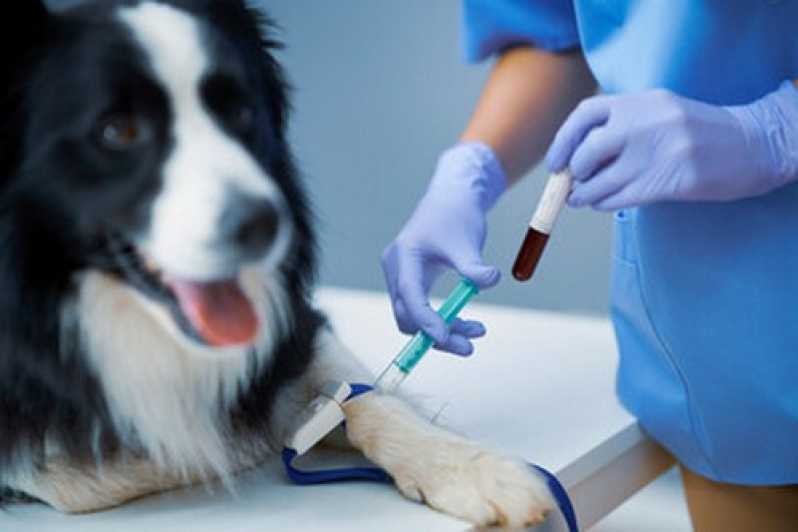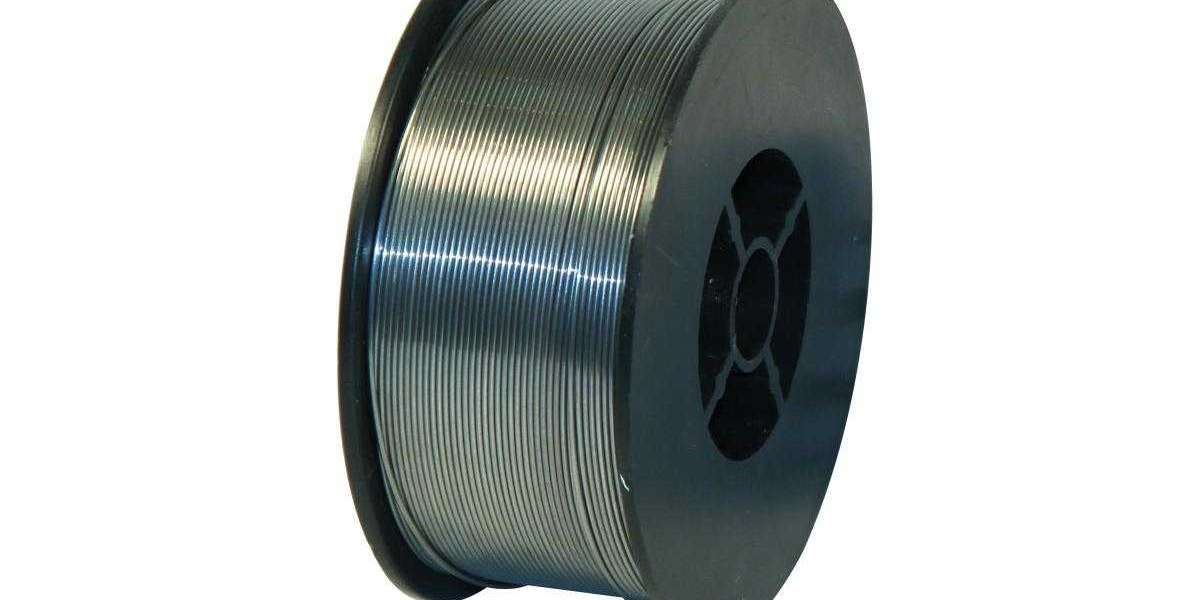Complexity of Surgery
As veterinarians, we want to guarantee you’ve got the answers you want to get a prognosis for your pet and, hopefully, on the street to recovery. In addition to diagnosing heart illness in pets, we will use echocardiograms to see if our current medicines or different interventions are working. If not, we may attempt one other method or a special medication or dosage. What we discuss with as physiological or "innocent murmurs" are sometimes innocent murmurs that we may hear in the hearts of younger kittens and puppies.
Products and services
Además de esto, esta herramienta nunca debe emplearse para recortar ninguna anatomía del paciente capturada por la exposición inicial y la reconstrucción. Los animales deben estar adecuadamente sujetos y posicionados para conseguir imágenes radiográficas de calidad. La unión manual debe reducirse al mínimo, si bien el personal con ropa protectora correcta puede sostener manualmente a los animales. En algunos países, Este site la sujeción manual no está tolerada salvo por circunstancias explícitamente establecidas. De manera frecuente, la sedación o la anestesia de corta duración son primordiales y normalmente deseables si las situaciones médicas lo permiten. La contención química disminuye la necesidad y la intensidad de la contención manual, lo que da rincón a menos radiografías deficientes o inaceptables y suele acortar el tiempo necesario para llenar el examen.
Para más información
Además de esto, con los sistemas de radiografía digital, una cantidad excesiva de exposición fuera del sujeto puede dar lugar a una falsa interpretación de los datos por la parte del algoritmo de reconstrucción y degradar sustancialmente la calidad de la imagen. Si esto sucede, la exposición debe repetirse con una colimación correcta para conseguir una imagen aceptable. En la mayoría de los casos, el haz de rayos X debe colimarse a ~1 cm fuera de los límites del sujeto para otorgar una calidad de imagen óptima y protección radiológica para el plantel. La colimación correcta del haz de rayos X no puede sustituirse por la utilización de la herramienta de recorte de imágenes disponible en la mayoría de los sistemas de programa empleados para producir imágenes digitales. Esta es una herramienta de posprocesamiento y no afecta a la calidad de la imagen ni a la reconstrucción.
Otra razón por la que se gestionan tranquilizantes es que de esta forma es viable achicar el número de imágenes y, por consiguiente, las dosis de radiación. Para llevar a cabo una radiografía el equipo genera rayos X que atraviesan la una parte del cuerpo a examinar. Los rayos X que no absorbe el cuerpo son captados por un detector digital puesto bajo el animal. Los individuos que participan en la realización de radiografías deben llevar un marcador para supervisar la exposición a la radiación.
diagnóstico por imagen
 Once all of the lesions on the research are recognized, a rational cause for these lesions can be formulated. The maximum quantity of data is derived from the radiographic study when interpretation is finished in light of the scientific and clinicopathologic info out there. In this fashion, the most likely cause for the animal’s situation may be decided. However, many diseases may cause similar radiographic lesions, and radiographs should be interpreted in gentle of the whole gestalt of lesions present and not based on any single lesion if a quantity of abnormalities are current. In many cases, it is applicable and advisable to seek the opinion of a radiologist for interpretation of radiographic images, significantly as the number of radiographic studies obtainable and potential diagnoses proliferate. X-ray machines are outfitted with collimators that allow adjustment of the scale of the beam to the dimensions of the world being radiographed. This reduces the quantity of scatter radiation generated, improving picture distinction and element.
Once all of the lesions on the research are recognized, a rational cause for these lesions can be formulated. The maximum quantity of data is derived from the radiographic study when interpretation is finished in light of the scientific and clinicopathologic info out there. In this fashion, the most likely cause for the animal’s situation may be decided. However, many diseases may cause similar radiographic lesions, and radiographs should be interpreted in gentle of the whole gestalt of lesions present and not based on any single lesion if a quantity of abnormalities are current. In many cases, it is applicable and advisable to seek the opinion of a radiologist for interpretation of radiographic images, significantly as the number of radiographic studies obtainable and potential diagnoses proliferate. X-ray machines are outfitted with collimators that allow adjustment of the scale of the beam to the dimensions of the world being radiographed. This reduces the quantity of scatter radiation generated, improving picture distinction and element.My HealtheVet VA Radiology
A dog ultrasound is the second commonest type of diagnostic imaging tool veterinarians use to diagnose a canine's medical situation. Ultrasounds use soundwaves to examine and photograph internal tissues in actual time. An ultrasound allows a veterinarian to see into a canine's body in actual time, permitting for simple viewing of organs from different angles that are not easily achieved by way of x-rays. The functioning of varied organs and blood move can be observed to find out if they are malfunctioning.
Particularly in situations when the animal is being manually restrained, there is a proportional increase in radiation publicity to both the animal and the holders. This could be avoided by taking a few extra seconds to properly position the animal for the first picture. Digital recording is in widespread use, however radiographic images have historically been, and a few still are, saved on specifically optimized movie. However, even the best silver halide movie is comparatively insensitive to x-rays.









